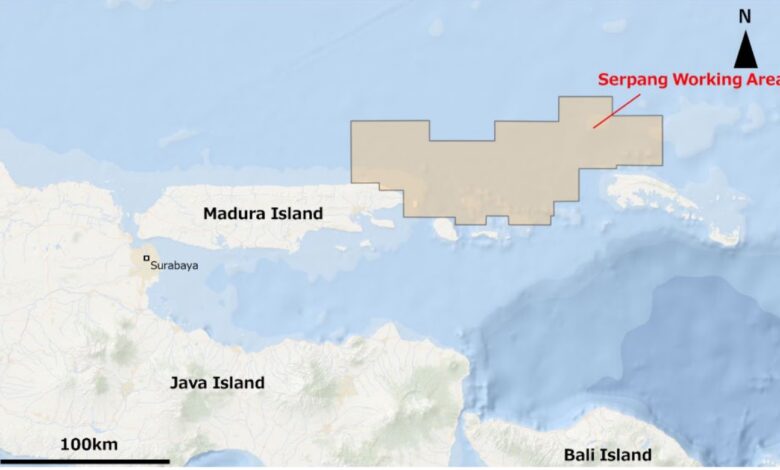INPEX awarded Serpang Working Area, offshore Indonesia

INPEX was awarded rights to explore the Serpang Working Area located offshore Eastern Java in Indonesia as part of the second Indonesia Petroleum Bidding Round 2024 hosted by the Ministry of Energy and Mineral Resources of Indonesia.
The Serpang Working Area is in a location where several oil and gas fields have been discovered approximately 200 km east of Surabaya, the capital city of East Java Province. This region is expected to generate stable energy demand in the medium to long term. INPEX and its partners anticipate an early transition to development and production activities in the event that exploration activities are successful.
Serpang is approximately 8,497.73 sq km and has a water depth between 0–100 m. PE Serpang is the operator with 51% working interest, INPEX Serpang has 35% and EOS, 14%.




